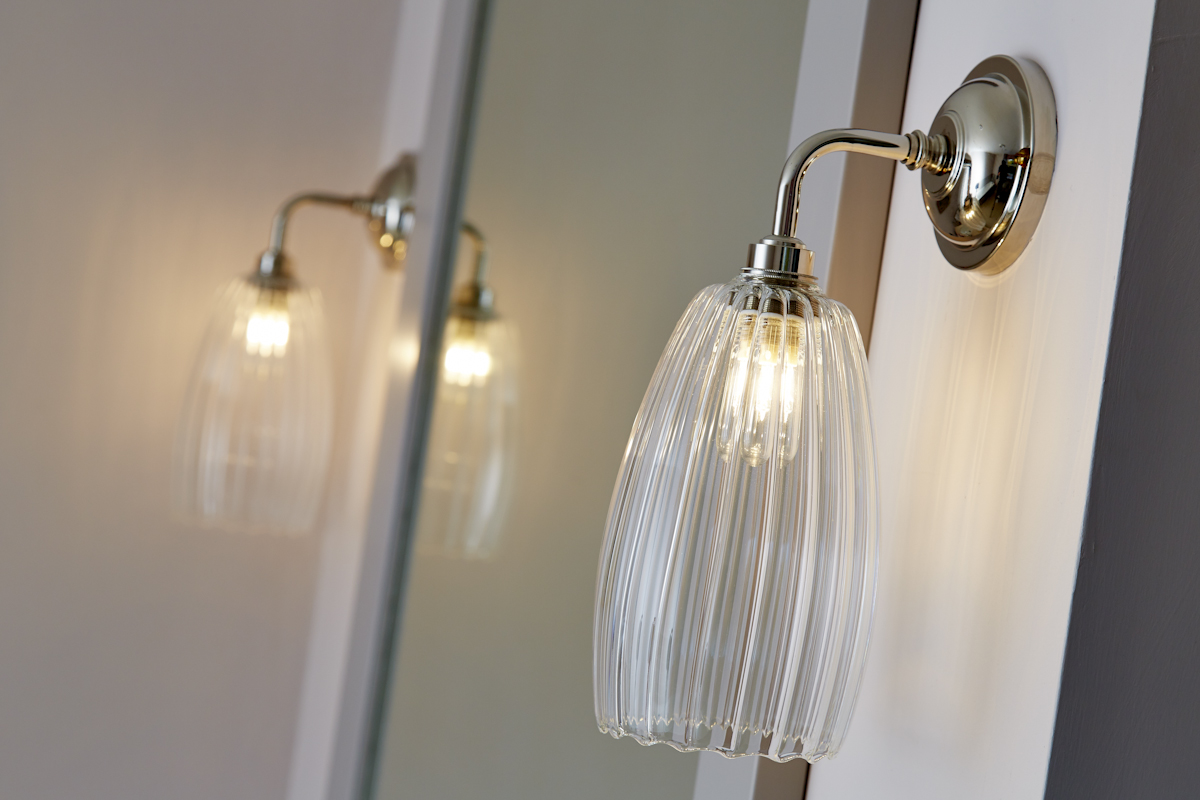
12 May Lighting tips for a period property
Georgian lighting
Is your property pre-1700? In which case you may have low ceilings, often beamed, and small windows? If so then you will have a dependency on electric light for more hours of the day than a high ceilinged, large windowed Georgian property. However the opportunity to use light within Georgian properties to great effect is just as high.
If you own a period home and need help with lighting to improve your home, contact the specialists at Etons of Bath on 01225 639002 or email charlie@etonsofbath.com
The scale and proportion of a Georgian property and will mean that you can wow with Georgian lighting combinations of large scale lanterns and chandeliers but in an older house you need to ensure that the lighting effects created are the most important consideration.
Planning lighting for period properties
In all cases the most important thing is to think about the lighting before you decorate or furnish a room.
Identify the layout of your room and its furniture and then you can plan the lighting and electrics around that layout. This will ensure that you have the right light coverage in the right areas.
Sockets can be installed in the floor under a table or freestanding furniture so that you don’t have trailing electrical leads and wall lights can be spaced around the room avoiding tall or wall mounted furniture. The ability to do so is particularly essential in large, low beamed ceilinged rooms where no central pendant can be used.
How to use different types of Georgian lighting
In any period property you should take into account the amount of daylight it gets, what you will be doing in the room and at what time of the day. Think about the ambient light and the task lighting required to create the right mood and conditions for these requirements.
For example, a snug is best positioned in the living room that gets the least amount of daylight and lighting needs to be able to be dimmed. Lighting at a lower level such as table lamps operated by a mains switch will help to create a cosy feeling in the room.
Dining rooms need careful consideration. They need to provide a soft and complimentary light whilst illuminating the table enough for people to see what they are eating. A sparkling chandelier that can be dimmed is wonderfully atmospheric and wall lights or table lights on a sideboard, also dimmable help to create the layers you will need for atmosphere.
Large Georgian drawing rooms with plenty of natural light will need Georgian style wall lights to ensure the outer edges of the room are lit as well as a central pendant, often a statement piece, and table and floor lamps to give atmosphere in the evenings.
As in this example, it is essential that you are able to layer your Georgian lighting designs so that different effects can be achieved in different situations and at different times of the day and year.
In a period property we would advise against downlight overkill. They are neither in keeping nor do they offer a flattering light. They cast shadows on faces and often provide a very one-dimensional light and the scattering of multiple hole-punches of light can ruin a beautiful ceiling. Downlights are most acceptable in corridors, bathrooms, kitchens and cinema rooms but even then should be dimmable and complemented by other layers of light.
Task lights, such as reading lights and ambient light such as wall or table lights can then be placed exactly where they are needed.
Enhancing Period Features with Lighting
Period features can be beautifully highlighted with lighting. Corbels on arches or cornices and decorative ceilings can be lit using LED rope lights that are tucked away and throw a soft ambient light upwards. These rope lights can also be used to great effect within bookcases or in kitchens. They are easy to install, cheap to run, easy to maintain and they avoid the need for any fitting to be seen.
On the other hand classic wall uplighters can be used to great effect to light internal archways and classic swing arm wall lights can be used on library bookcases and are far more of a style statement than a simple LED ropelight.
Lighting for pictures
It is often difficult to plan for lighting pictures when renovating a house as you rarely know what pictures you will want where, at the outset, when electricians are first-fixing and need to know where they need to get power to for light fittings. There are two options;
- Identify the walls that you are most likely to want lighting and approximate location. Get power fed through to this point but use a picture light that clips to the frame and plugs into a socket behind the picture which means the exact location of the socket for this can be less precise than the positioning for a fixed picture light.
- Use angled spots in the ceiling positioned at an appropriate distance from the wall so that there will be a wash of light from approximately seven feet high. The electrician can allow for this in the first fix and then you can wait until second fix to decide whether you need the fitting putting in or not.
Finally, think about how you group lights in a room to enable the maximum options to create lighting scenarios. This can be done through a lighting controls module but it can also be done very effectively with traditional switching for up to six groups of lights in a room, all dimmable.
Etons of Bath has lighting specialists on hand to answer your questions about how to better light the spaces within your home. Contact us today on 01225 639002 for an initial chat.




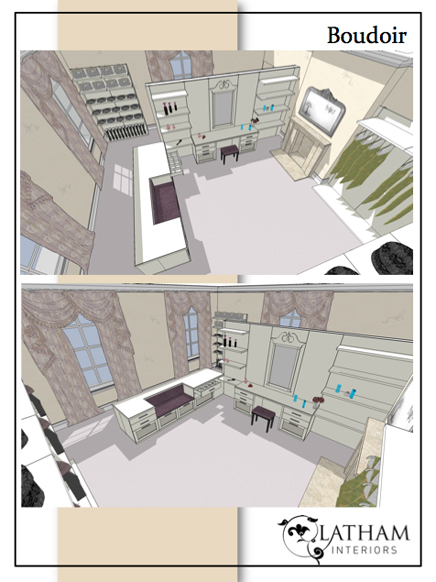
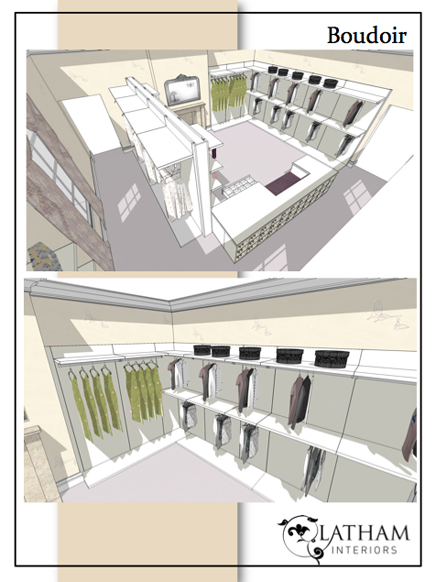
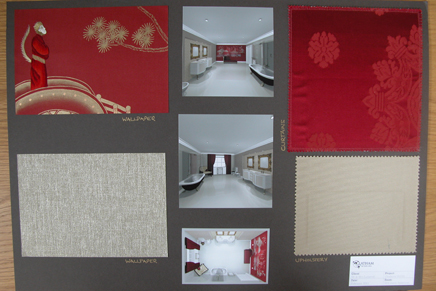
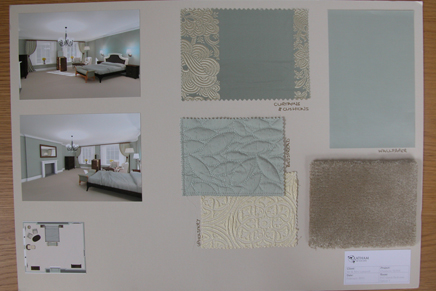
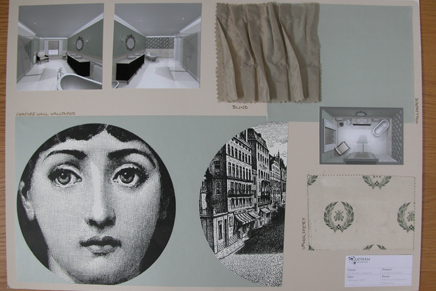
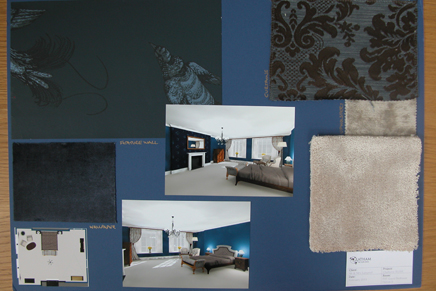
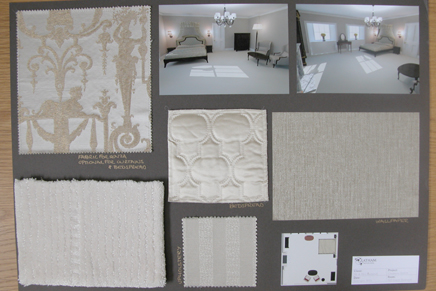
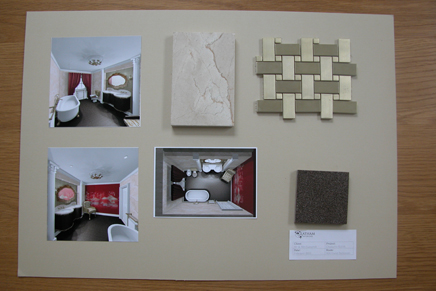



No Comments